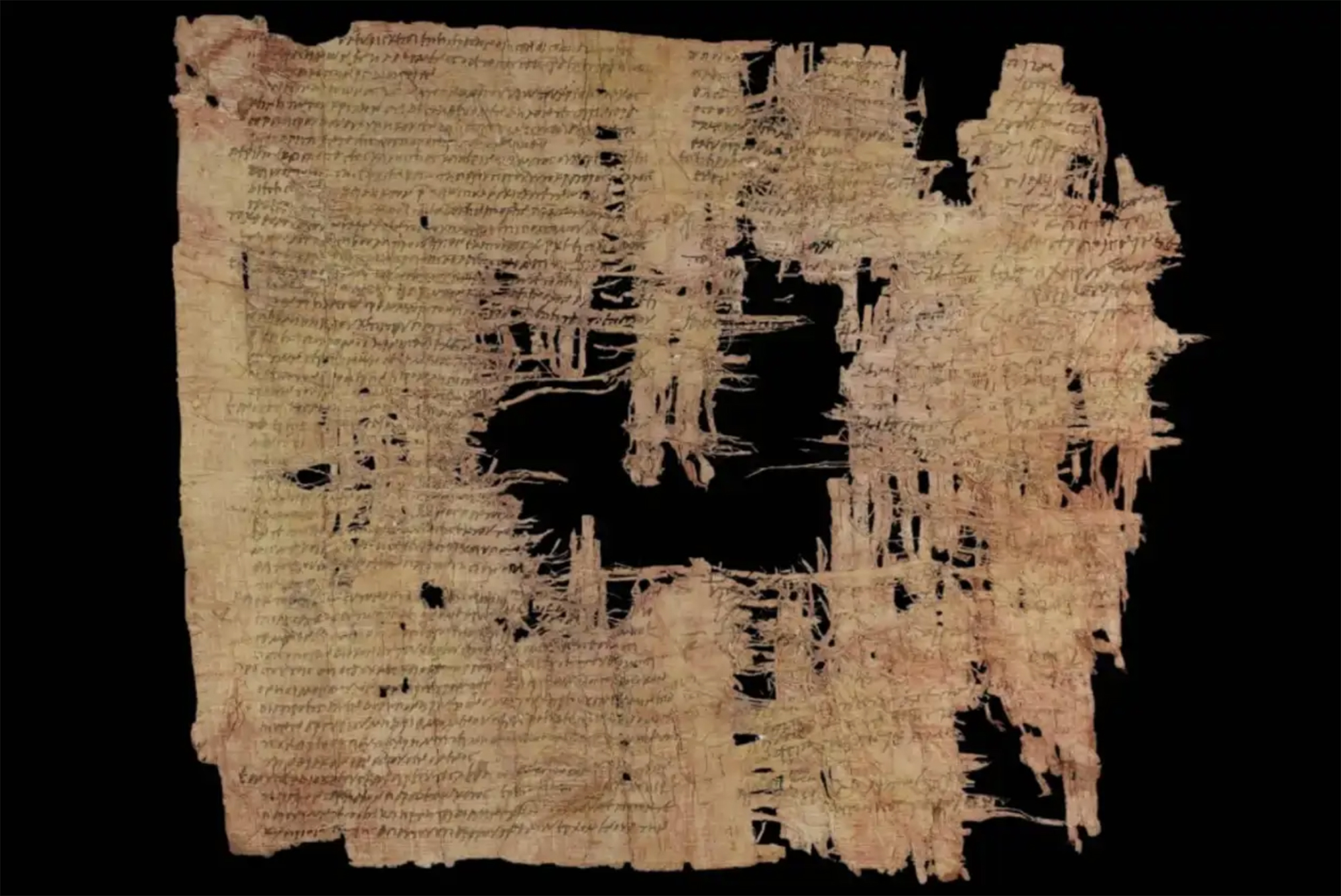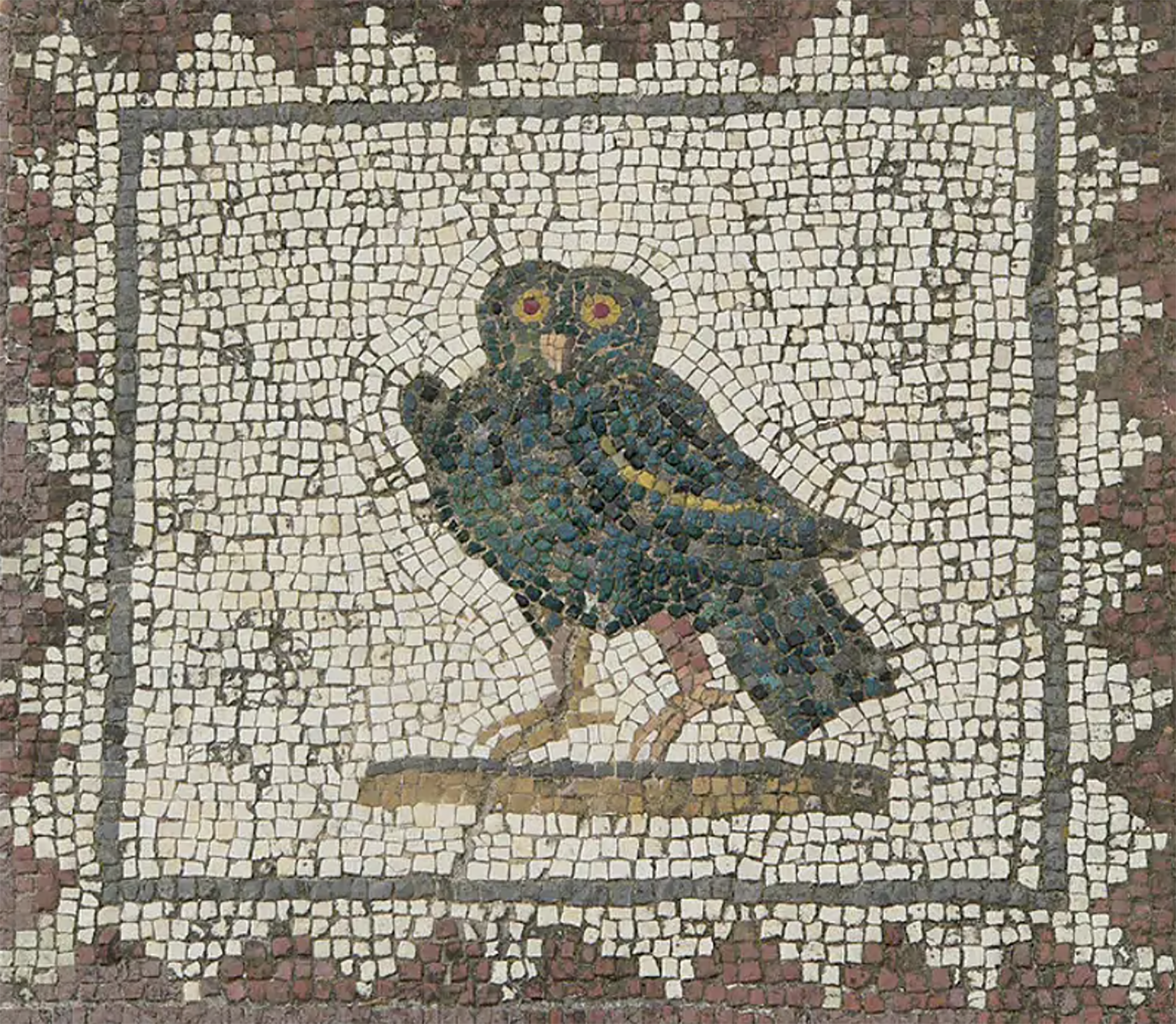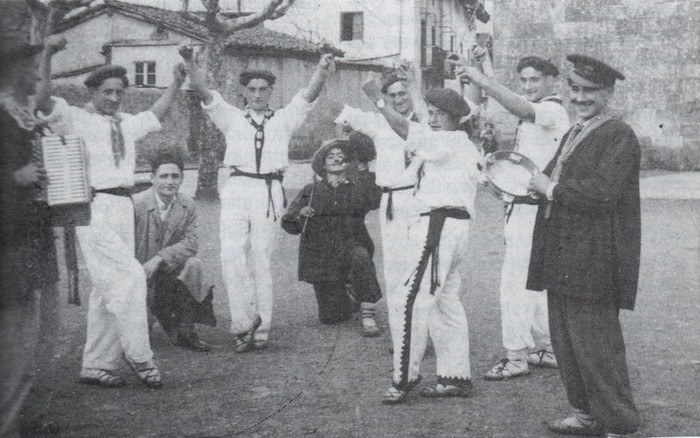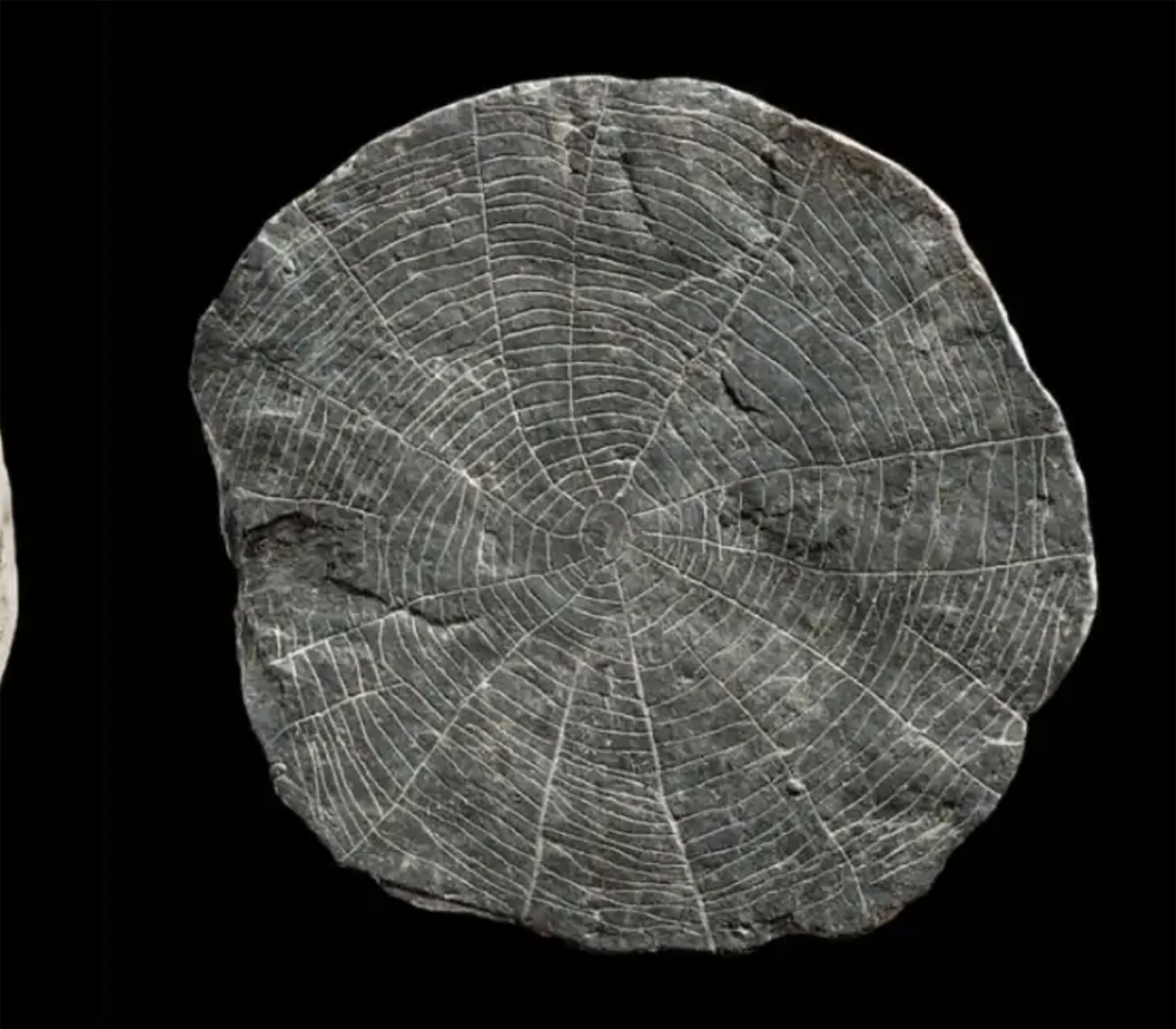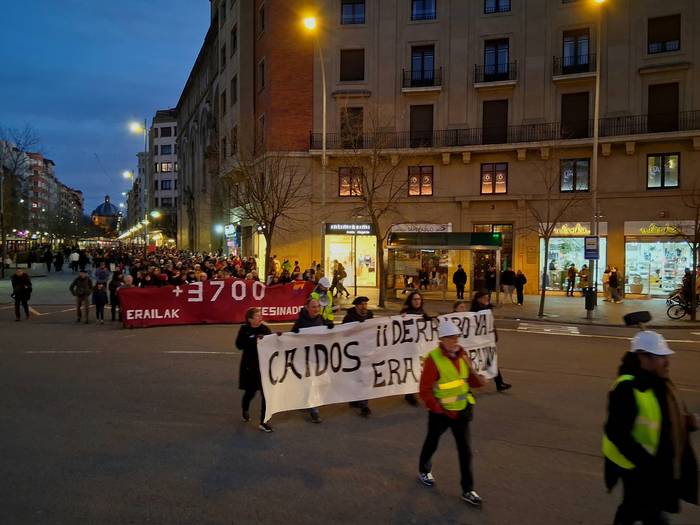With the help of the Tene Mujika scholarship, historian Iñigo López Simón has published a book in a cottage in Bilbao (Elkar Argitaletxea). In this work, the author analyzes the chabolism of the city in the mid-twentieth century, with the help of the testimonies of the residents of those neighborhoods.
Slums were built in the 1940s by immigrants who came to Bilbao “in search of a better future” and most of them were in the mountains around the city. At the time, there were, among others, the Campo de los Ingleses where the Guggenheim Museum or the Banderas and Cabras Mountains are located on the San Ignacio neighborhood.
Here's the book synopsis:
“Bilbao was a city in constant growth and enrichment in the 1950s, thanks to the economic and industrial growth of those years, but that growth had its lights and shadows, among others, the families that came to Bilbao in search of work and, without being able to access a decent housing, decided to build a cottage and live in it.”











